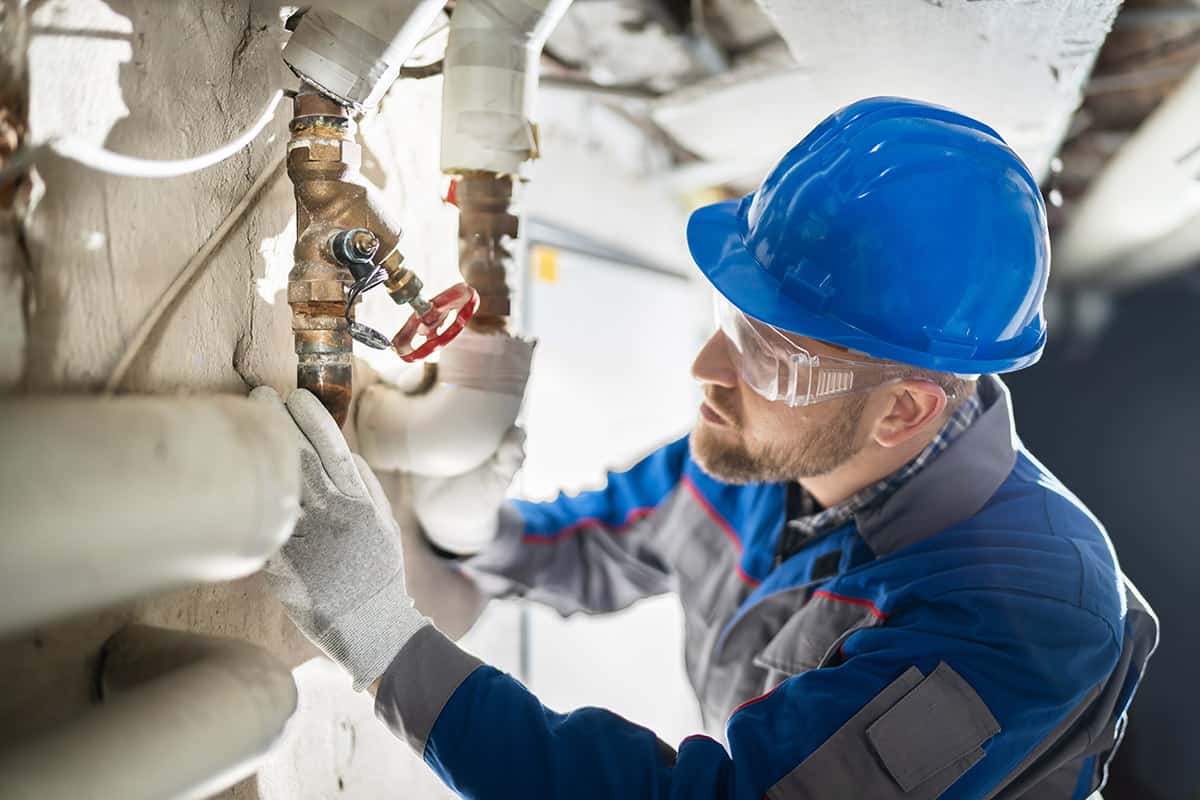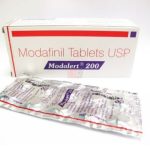Water damage can occur unexpectedly and leave you feeling overwhelmed. It’s essential to act swiftly and efficiently to minimize the extent of the damage and ensure a successful water damage restoration process. Following expert tips and guidelines, you can resurrect your space and return it to its former glory.
Assess the Damage
Before starting the water damage restoration process, assessing the extent of the water damage is crucial. Take a thorough look at your property to identify areas affected by water. This assessment will help you prioritize restoration efforts and create a plan of action.
Ensure Safety First
Safety should be your top priority during water damage restoration. Turn off the main power supply to avoid electrical hazards. Wear protective gear such as gloves, boots, and masks to prevent contact with contaminated water or harmful substances. If the water damage is extensive or poses significant risks, it’s advisable to seek professional assistance.
Extract the Water
Once you’ve ensured safety, extracting the standing water from your space is next. Use a wet-dry vacuum, pumps, or buckets to remove the water. If the water level is too high, consider renting professional-grade equipment for efficient water extraction.

Dry and Dehumidify
After removing the standing water, it’s crucial to dry out the affected area thoroughly. Open windows and doors to promote air circulation. Utilize fans, dehumidifiers, and heaters to speed up the drying process. Remove wet materials, such as carpets or furniture, to prevent further damage and mold growth.
Salvage and Clean
Once the space is dry, it’s time to salvage and clean your belongings. Inspect items for damage and determine what can be salvaged and what needs to be discarded. Clean and disinfect all surfaces, including walls, floors, and furniture, to eliminate potential contaminants.
Inspect for Mold
Water damage often leads to mold growth, posing serious health risks. Inspect your space for signs of mold, such as a musty odor, discoloration, or visible mold patches. If mold is present, consult a professional mold remediation specialist to ensure safe and thorough removal.
Repair and Restore
With the water damage addressed and mold remediated, it’s time to repair and restore your space. Fix any structural damage, such as damaged walls or flooring. Repaint walls, replace carpets, and restore the space to its pre-damaged condition. Hiring professionals for the restoration process can ensure quality artistry.
Prevent Future Water Damage
- Take proactive measures.
- Inspect your property for leaks, maintain your roof and gutters, and ensure proper drainage around your space.
- Install water leak detection systems and consider waterproofing vulnerable areas.
Being proactive can save you from the stress and expense of water damage restoration in the future.










